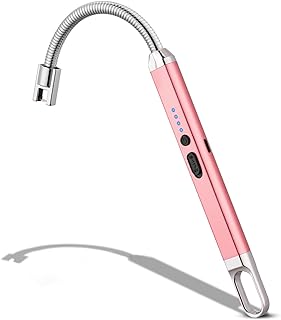Early Fire-Starting Methods:
* Flint and Steel: This method, dating back thousands of years, involved striking a piece of flint against steel to create sparks that ignited tinder.
* Fire-Plow: This ancient technique used friction to generate heat. A stick was rubbed rapidly against a wooden board, creating enough heat to ignite tinder.
* Tinderbox: A small, portable box containing flint, steel, and tinder, used in Europe during the Middle Ages.
The Dawn of Portable Fire:
* The D?bereiner Lighter (1823): This was the first commercially successful lighter. It used a reaction between hydrogen and platinum to create a flame. However, it was bulky and required flammable hydrogen gas.
* The "Fire-Syringe" (1826): This device used a piston to compress air in a small cylinder, generating enough heat to ignite tinder.
The Rise of the Flint and Steel Lighter:
* The "Vienna Lighter" (1830s): A pocket-sized lighter that utilized a flint and steel mechanism to ignite a wick soaked in flammable liquid.
* The "Zippo Lighter" (1932): This iconic lighter, known for its distinctive "click" sound, was invented by George G. Blaisdell. It used a flint and steel mechanism to ignite a wick.
The Modern Lighter:
* The "Bic Lighter" (1973): This disposable lighter, using a butane-fueled mechanism, became immensely popular due to its affordability and convenience.
* Electronic Lighters: These lighters use a heated element to ignite a gas or vapor. They are becoming increasingly popular for their ease of use and environmental friendliness.
The Lighter in Culture:
Lighters have become a cultural icon, appearing in movies, music, and art. They have also been used as a symbol of freedom, rebellion, and individuality.
Key Innovations:
* Butane: The discovery and use of butane as a fuel revolutionized lighter design, making them more efficient and compact.
* Electronic Ignition: The development of electronic ignition systems made lighters more reliable and easier to use.
Environmental Concerns:
* Disposable Lighters: These contribute to plastic pollution, as they are often discarded.
* Butane Emissions: Butane lighters release harmful greenhouse gases into the atmosphere.
The Future of the Lighter:
The future of the lighter is likely to be shaped by environmental concerns and technological advancements. We can expect to see more sustainable and innovative designs, such as rechargeable lighters and lighter-based gadgets.


